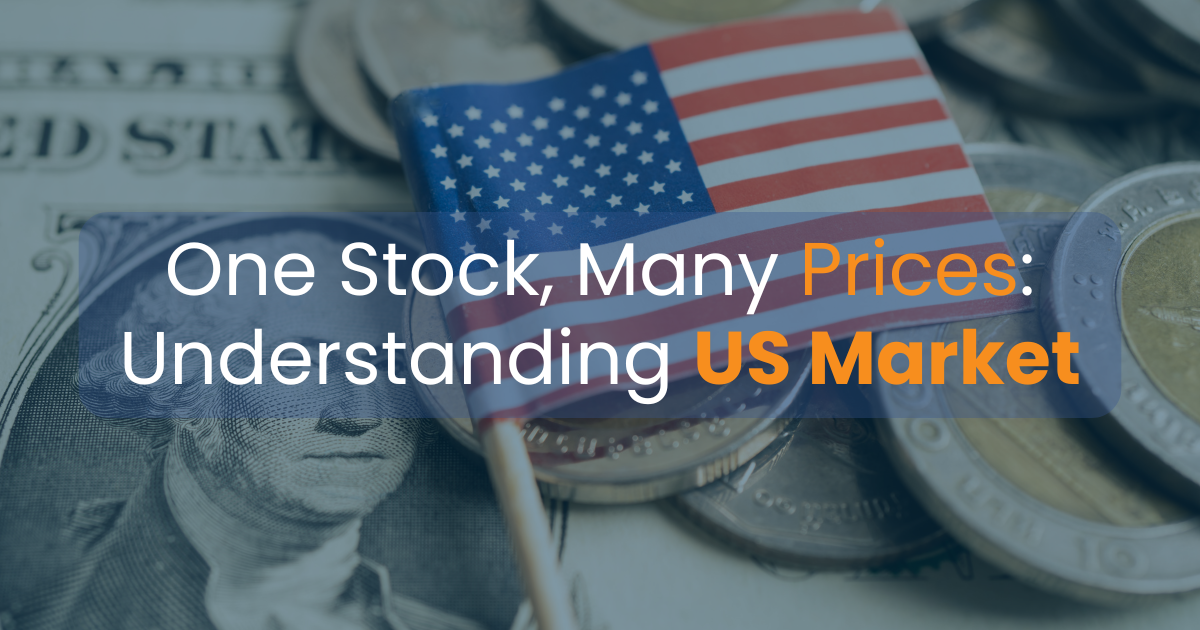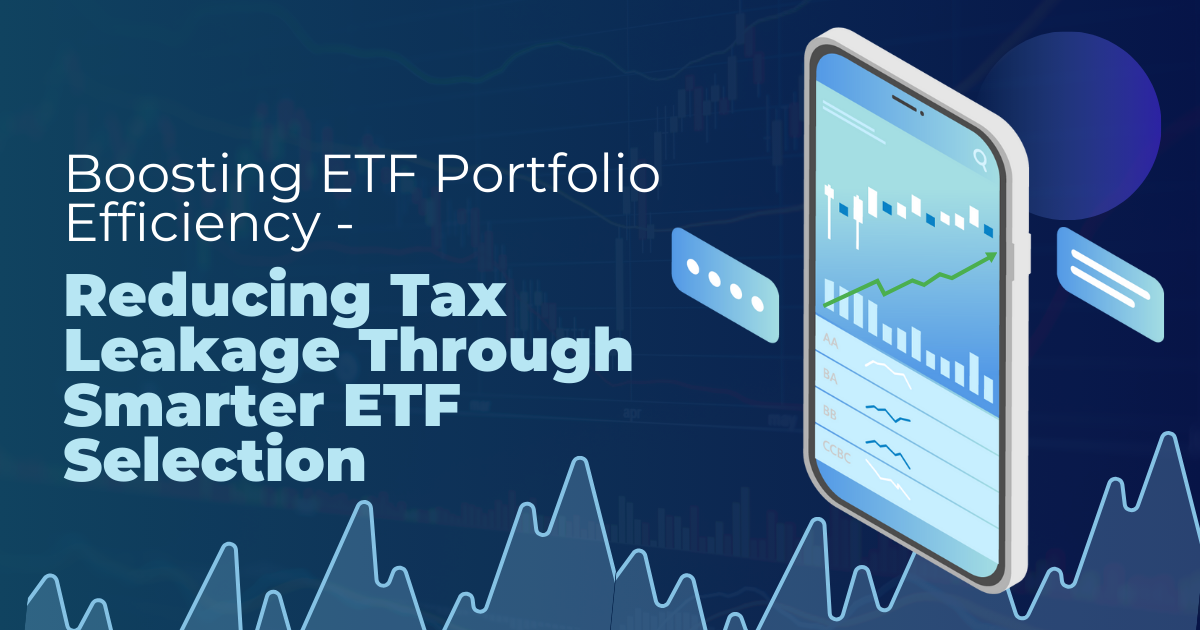Fund Family
In investments, a fund family is a group of mutual funds operated by a single investment management company. These families offer a diverse range of investment options, allowing investors to build well-rounded portfolios tailored to their specific goals and risk tolerance. This article delves into the intricacies of fund families, exploring their types, advantages, and the benefits of investing within them.
Table of Contents
What is Fund Family?
A fund family, also known as a mutual fund family, is a collection of individual mutual funds managed by a single investment management firm. Although these funds may vary in their investment objectives, asset classes, and risk profiles, they are all overseen by the same management company and often share resources and infrastructure.
Key features of fund families include a diverse range of investment options, such as stock, bond, money market, and specialty funds, which allow investors to diversify their portfolios. Funds within a family often share resources, including research, trading platforms, and administrative services, leading to cost efficiencies and potentially improved investment outcomes.
They also maintain consistent branding, making it easier for investors to identify and compare funds within the same family. Additionally, investment management firms may offer incentives or discounts to investors who hold multiple funds within the same family, promoting asset consolidation.
Understanding Fund Family
Understanding the structure and dynamics of the mutual fund industry is essential to fully grasping the concept of fund families. Mutual funds are typically organized as open-end investment companies, meaning they continuously issue and redeem shares based on the fund’s net asset value (NAV).
Fund families provide investors with a one-stop shop for their investment needs, offering a diverse range of funds that offer different risk profiles, investment horizons, and asset classes. By investing across multiple funds within a family, investors can build diversified portfolios while potentially benefiting from economies of scale and cross-selling opportunities.
Types of Fund Family
Fund families can be categorised based on various criteria, such as asset class, investment style, or target market. Some common types of fund families include:
- Equity Fund Families: These families focus primarily on investing in stocks and offer funds that specialise in different sectors, market capitalisations, or investment styles (e.g., growth, value, or blend).
- Fixed Income Fund Families: These families concentrate on investing in bonds and offer funds that vary in terms of maturity, credit quality, and sector exposure (e.g., government bonds, corporate bonds, or municipal bonds).
- Balanced Fund Families: These families offer funds that invest in a blend of stocks and bonds, aiming to provide a balance between growth and income.
- Specialty Fund Families: These families offer funds that focus on specific asset classes, such as real estate, commodities, or alternative investments, or funds that target specific sectors or industries.
Advantages of Fund Family
Investing in a fund family can offer several advantages to investors, including:
- Diversification: By investing across multiple funds within a family, investors can build well-diversified portfolios that are customised to their risk tolerance and investment objectives.
- Cost Savings: Fund families may offer discounts or lower expense ratios to investors who hold multiple funds within the family, thanks to economies of scale and cross-selling opportunities.
- Convenience: Investing in a fund family provides a one-stop shop for investors, simplifying the investment process and reducing the time and effort required to manage multiple accounts.
- Consistency: Fund families often maintain consistent investment philosophies and risk management practices across their funds, providing investors with a sense of stability and predictability.
- Access to Research: Investors who hold multiple funds within a family may have access to research and analysis provided by the fund family, which can help inform their investment decisions.
Examples of Fund Family
A few of the largest and most well-known fund families in the United States include:
- Vanguard: Vanguard is a leading investment management firm known for its low-cost index funds and ETFs. As of 2021, Vanguard had over $8 trillion in assets under management across its fund family.
- Fidelity Investments: Fidelity is a diversified financial services firm that offers a wide range of mutual funds, including actively managed and index funds. As of 2021, Fidelity had over $4 trillion in assets under management.
- BlackRock: BlackRock is a global investment management firm that offers a variety of mutual funds, ETFs, and alternative investment products. As of 2021, BlackRock had over $9 trillion in assets under management.
- American Funds: American Funds is a mutual fund family managed by Capital Group, a global investment management firm. As of 2021, American Funds had over $2 trillion in assets under management.
- PIMCO: PIMCO is a global investment management firm known for its fixed-income funds. As of 2021, it had over $2 trillion in assets under management.
Frequently Asked Questions
Investing in a fund family can provide several benefits, including diversification, cost savings, convenience, consistency, and access to research. By consolidating assets within a single family, investors can potentially gain from economies of scale and cross-selling opportunities.
When selecting a fund family, investors should consider factors such as the family’s investment philosophy, performance history, fees, and the range of funds offered. Ensuring that the fund family’s offerings align with the investor’s risk tolerance and investment objectives is also important.
Many fund families allow investors to transfer assets between funds within the same family, often with minimal or no fees. This feature, known as an exchange privilege, can provide investors with flexibility in managing their portfolios and adapting to changing market conditions.
A no-load fund is a mutual fund that does not charge a sales commission or load when investors buy or sell shares of the fund. No-load funds typically have lower expense ratios than load funds, as they do not need to cover the costs of sales commissions.
Fund family performance is often evaluated based on the weighted average performance of its member funds. This approach considers the performance of each individual fund within the family, weighted by the fund’s assets under management. Some studies have found that fund families exhibit selectivity skills in choosing investments but may lack market timing ability.
Related Terms
- Enhanced Index Fund
- No-Load Fund
- Back-End Load Funds
- Appreciation Funds
- International Value Funds
- Small-Cap Value Funds
- Debt Funds
- Pension Funds
- Broad Market Index Funds
- Mid-cap value funds
- Large Cap Value Funds
- Sector Specific Value Funds
- Ultra-Short Bond Funds
- Sub-Advised Fund
- Provident Fund
- Enhanced Index Fund
- No-Load Fund
- Back-End Load Funds
- Appreciation Funds
- International Value Funds
- Small-Cap Value Funds
- Debt Funds
- Pension Funds
- Broad Market Index Funds
- Mid-cap value funds
- Large Cap Value Funds
- Sector Specific Value Funds
- Ultra-Short Bond Funds
- Sub-Advised Fund
- Provident Fund
- Sovereign Wealth Funds
- Management Fees
- Clone Funds
- Net asset value per unit
- Closed-End Funds
- Fixed Maturity Plans
- Prime Money Market Fund
- Tax-Exempt Money Market Fund
- Value Fund
- Load Fund
- Venture Capital Fund
- Blue Chip Fund
- Back-end loading
- Income fund
- Stock Fund
- Specialty Fund
- Series fund
- Sector fund
- Prime rate fund
- Margin call
- Settlement currency
- Federal funds rate
- Sovereign Wealth Fund
- New fund offer
- Commingled funds
- Taft-Hartley funds
- Umbrella Funds
- Late-stage funding
- Short-term fund
- Regional Fund
- In-house Funds
- Redemption Price
- Index Fund
- Fund Domicile
- Net Fund Assets
- Forward Pricing
- Mutual Funds Distributor
- International fund
- Balanced Mutual Fund
- Value stock fund
- Liquid funds
- Focused Fund
- Dynamic bond funds
- Global fund
- Close-ended schemes
- Feeder funds
- Passive funds
- Gilt funds
- Balanced funds
- Tracker fund
- Actively managed fund
- Endowment Fund
- Target-date fund
- Lifecycle funds
- Hedge Funds
- Trust fund
- Recovering funds
- Sector funds
- Open-ended funds
- Arbitrage funds
- Term Fed funds
- Value-style funds
- Thematic funds
- Growth-style funds
- Equity fund
- Capital preservation fund
Most Popular Terms
Other Terms
- Protective Put
- Perpetual Bond
- Option Adjusted Spread (OAS)
- Non-Diversifiable Risk
- Merger Arbitrage
- Liability-Driven Investment (LDI)
- Income Bonds
- Guaranteed Investment Contract (GIC)
- Flash Crash
- Equity Carve-Outs
- Cost of Equity
- Cost Basis
- Deferred Annuity
- Cash-on-Cash Return
- Earning Surprise
- Capital Adequacy Ratio (CAR)
- Bubble
- Beta Risk
- Bear Spread
- Asset Play
- Accrued Market Discount
- Ladder Strategy
- Junk Status
- Intrinsic Value of Stock
- Interest-Only Bonds (IO)
- Interest Coverage Ratio
- Inflation Hedge
- Industry Groups
- Incremental Yield
- Industrial Bonds
- Income Statement
- Holding Period Return
- Historical Volatility (HV)
- Hedge Effectiveness
- Flat Yield Curve
- Fallen Angel
- Exotic Options
- Execution Risk
- Exchange-Traded Notes
- Event-Driven Strategy
- Eurodollar Bonds
- Embedded Options
- EBITDA Margin
- Dynamic Asset Allocation
- Dual-Currency Bond
- Downside Capture Ratio
- Dollar Rolls
- Dividend Declaration Date
- Dividend Capture Strategy
- Distribution Yield
Know More about
Tools/Educational Resources
Markets Offered by POEMS
Read the Latest Market Journal

Recognising Biases in Investing and Tips to Avoid Them
Common biases like overconfidence, herd mentality, and loss aversion influence both risk assessment and decision-making....

What is Money Dysmorphia and How to Overcome it?
Money dysmorphia happens when the way you feel about your finances doesn’t match the reality...

The Employer’s Guide to Domestic Helper Insurance
Domestic Helper insurance may appear to be just another compliance task for employers in Singapore,...

One Stock, Many Prices: Understanding US Markets
Why Isn’t My Order Filled at the Price I See? Have you ever set a...

Why Every Investor Should Understand Put Selling
Introduction Options trading can seem complicated at first, but it offers investors flexible strategies to...

Mastering Stop-Loss Placement: A Guide to Profitability in Forex Trading
Effective stop-loss placement is a cornerstone of prudent risk management in forex trading. It’s not...

Boosting ETF Portfolio Efficiency: Reducing Tax Leakage Through Smarter ETF Selection
Introduction: Why Tax Efficiency Matters in Global ETF Investing Diversification is the foundation of a...

How to Build a Diversified Global ETF Portfolio
Introduction: Why Diversification Is Essential in 2025 In our June edition article (https://www.poems.com.sg/market-journal/the-complete-etf-playbook-for-singapore-investors-from-beginner-to-advanced-strategies/), we introduced...









